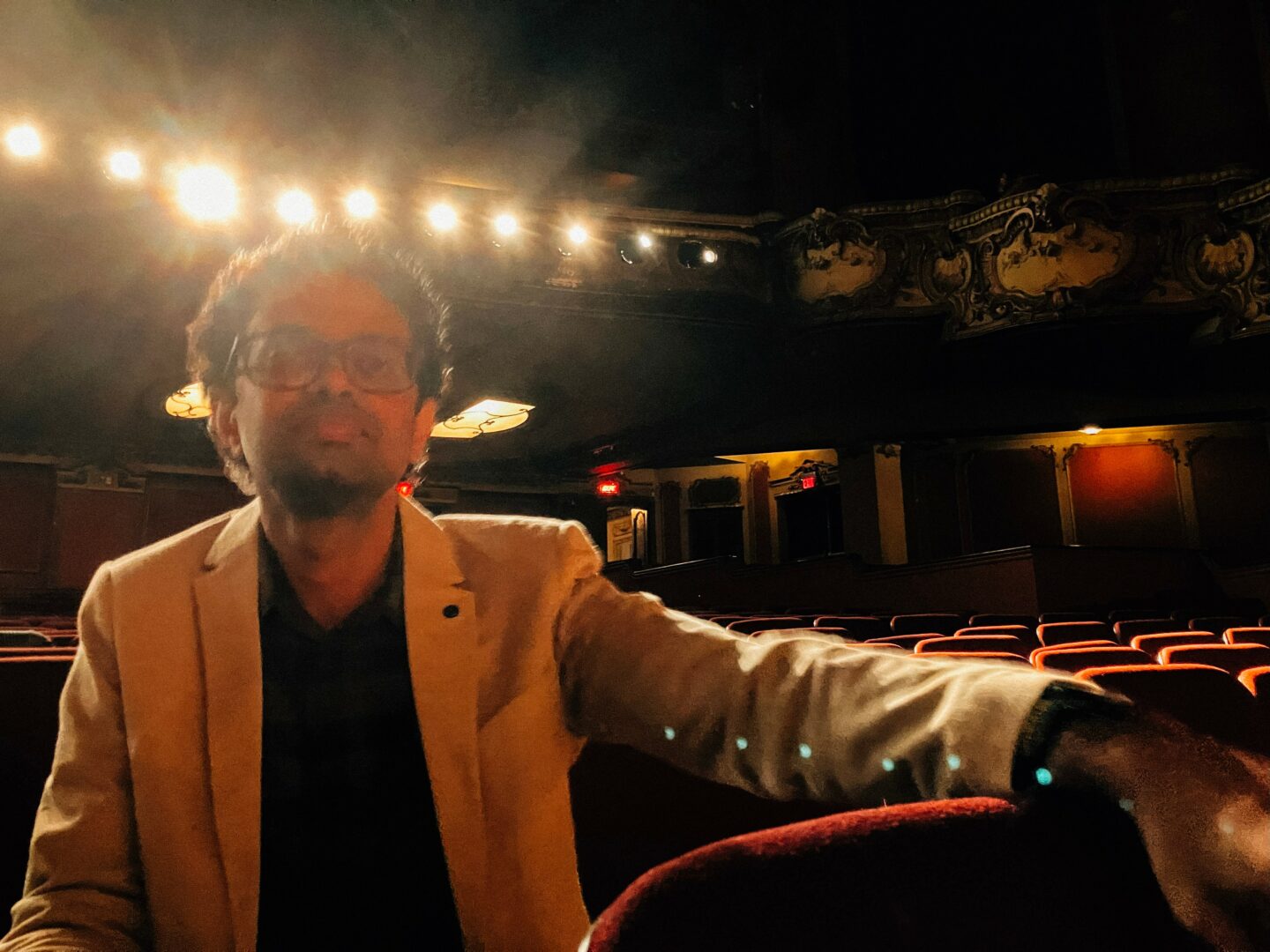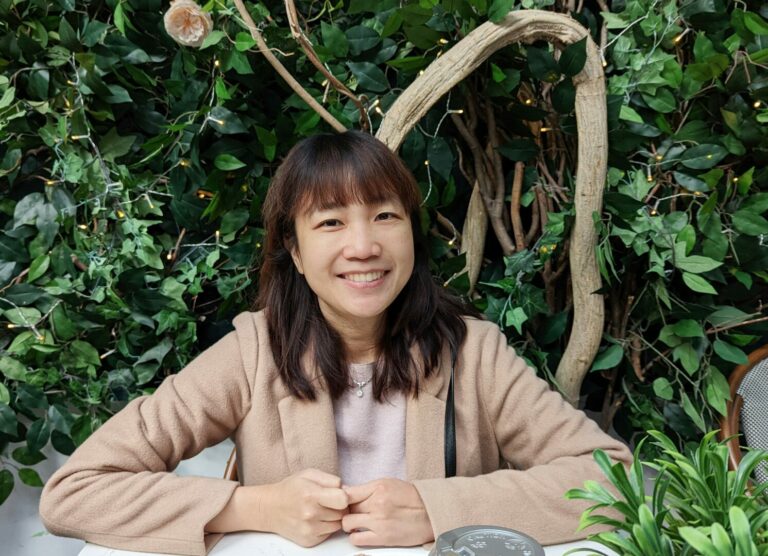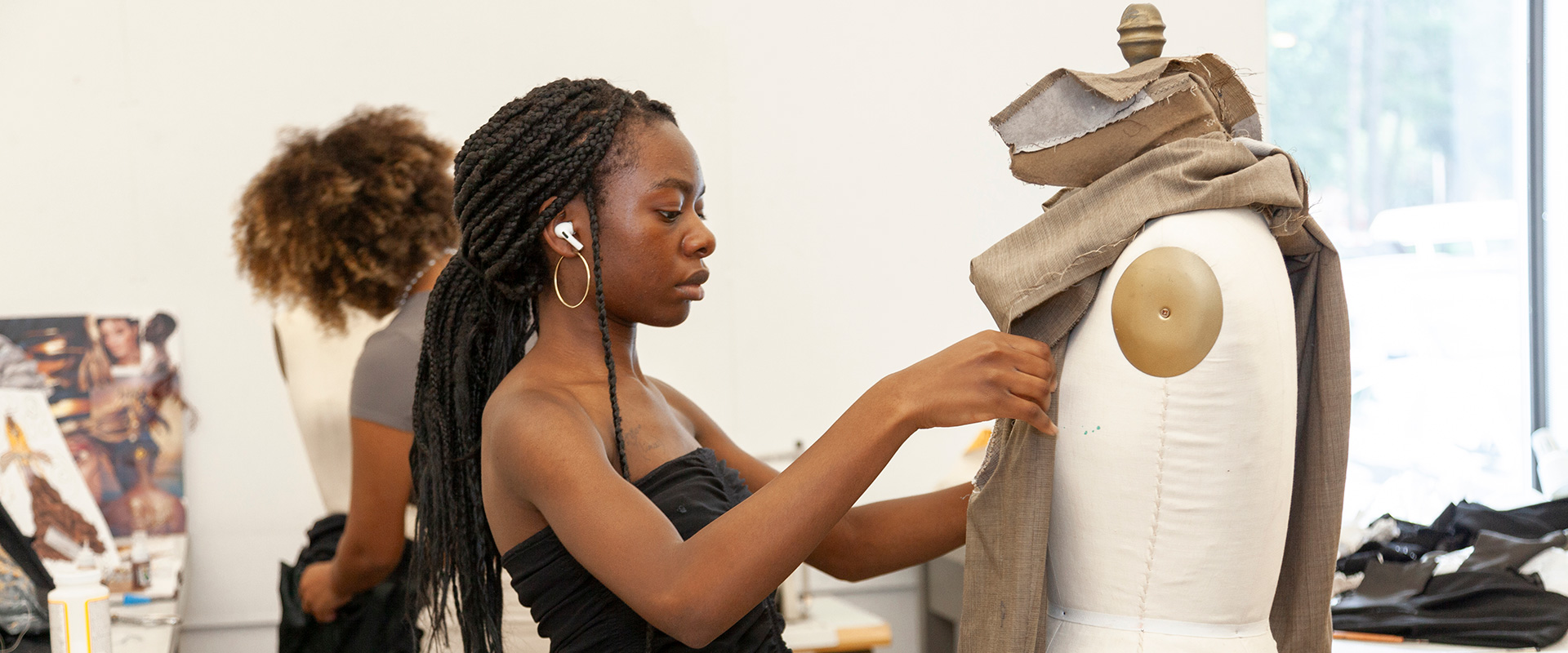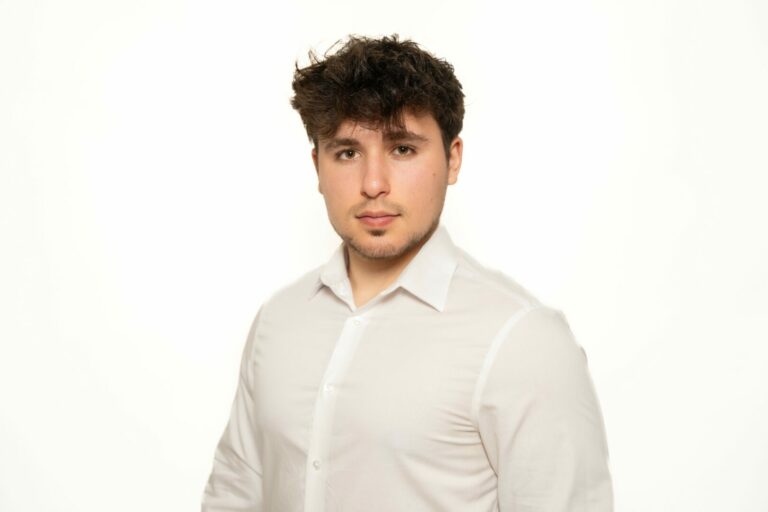We’re excited to introduce you to the always interesting and insightful Abhilash. We hope you’ll enjoy our conversation with Abhilash below.
Abhilash, thanks so much for taking the time to share your insights and lessons with us today. We’re particularly interested in hearing about how you became such a resilient person. Where do you get your resilience from?
My resilience is a complex weave, drawn from several wellsprings throughout my life’s journey. It’s not a single source, but rather a combination of ingrained traits and hard-won lessons.
Firstly, a significant part comes from my upbringing in a small Indian town. There, resources weren’t abundant, and opportunities often had to be carved out through sheer effort and ingenuity. This environment instilled in me a resourcefulness and a “make it work” mentality from a very young age. You learn to be adaptable when things aren’t handed to you on a silver platter.
Secondly, my deep passion for films has been an undeniable fuel. When you love something that much, setbacks don’t feel like end points; they feel like detours. My desire to work in movies, initially met with resistance from my family who didn’t see it as a “proper job,” required immense stubbornness and conviction. That inherent drive, fueled by pure fascination, allowed me to push past societal expectations and familial concerns. It’s easier to be resilient when your goal is something you genuinely believe in and are willing to sacrifice for.
Thirdly, the experience of entrepreneurship was a massive crucible for resilience. Starting my own VFX studio meant I was responsible for everything – securing projects, managing finances, finding and retaining talent, delivering quality work, and navigating market fluctuations. The road was full of “closed doors,” unexpected challenges, and the constant pressure of responsibility. Each time a project seemed to fall apart, or we faced a technical hurdle, or a financial tight spot, I had to find a way to problem-solve, learn from the setback, and pivot. These experiences built a practical, street-smart resilience – the ability to not just bounce back, but to learn and get stronger from every fall. The collaborative spirit of my team, especially my friends who worked alongside me, also provided immense support during these tough times.
Finally, and perhaps most profoundly, I draw resilience from the belief that every experience, positive or negative, is a lesson. The “closed doors” I’ve encountered throughout my life, whether it was initial family skepticism, difficult clients, or distribution challenges for my indie films, didn’t stop me. Instead, they forced me to rethink, to innovate, to find alternative routes. This adaptability and optimistic outlook, seeing obstacles as opportunities for growth rather than insurmountable barriers, is a crucial component of my resilience. My exposure to diverse cultures and perspectives, especially through my studies at UCLA and my friendships here in LA, has also broadened my understanding of challenges and coping mechanisms, further reinforcing this adaptable mindset.
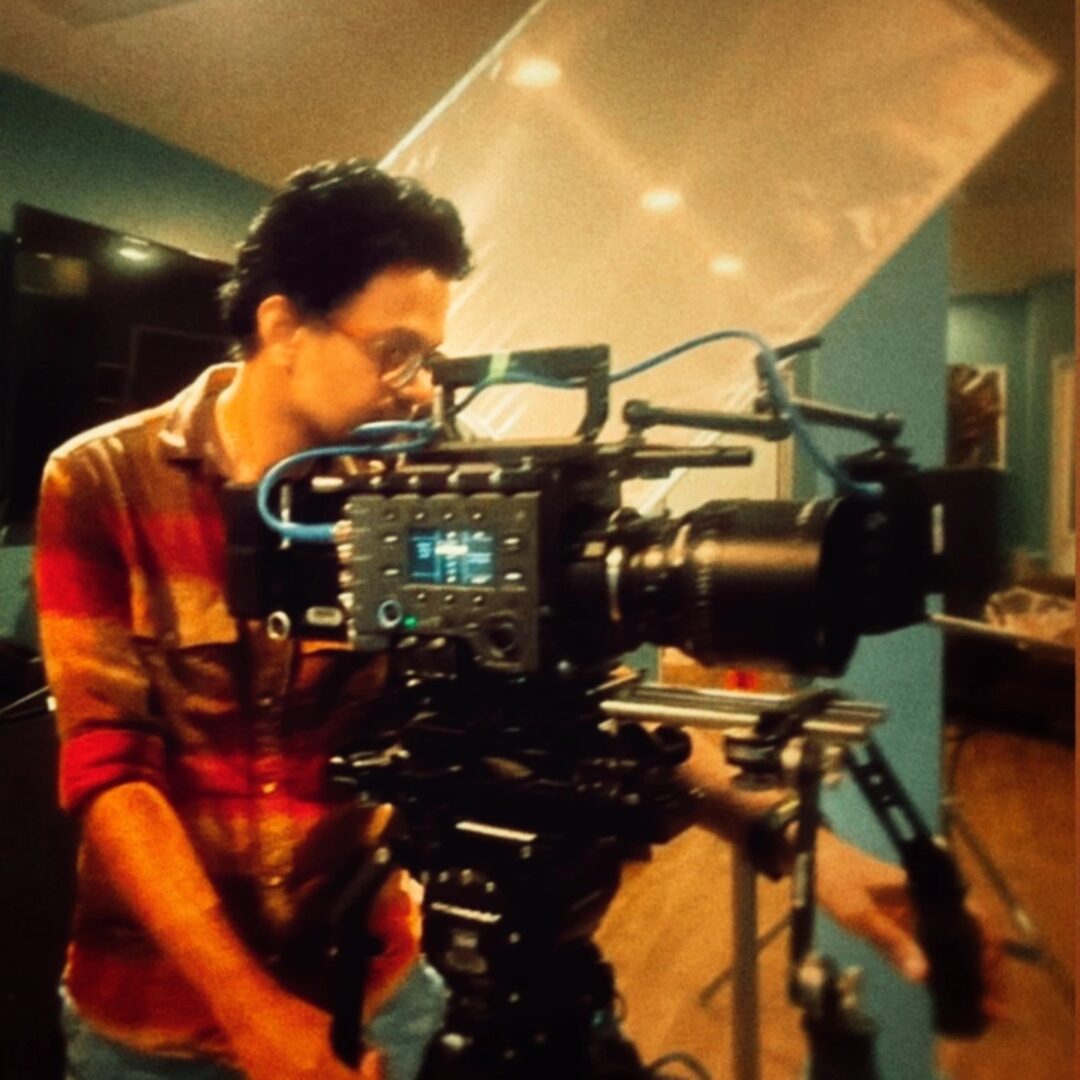
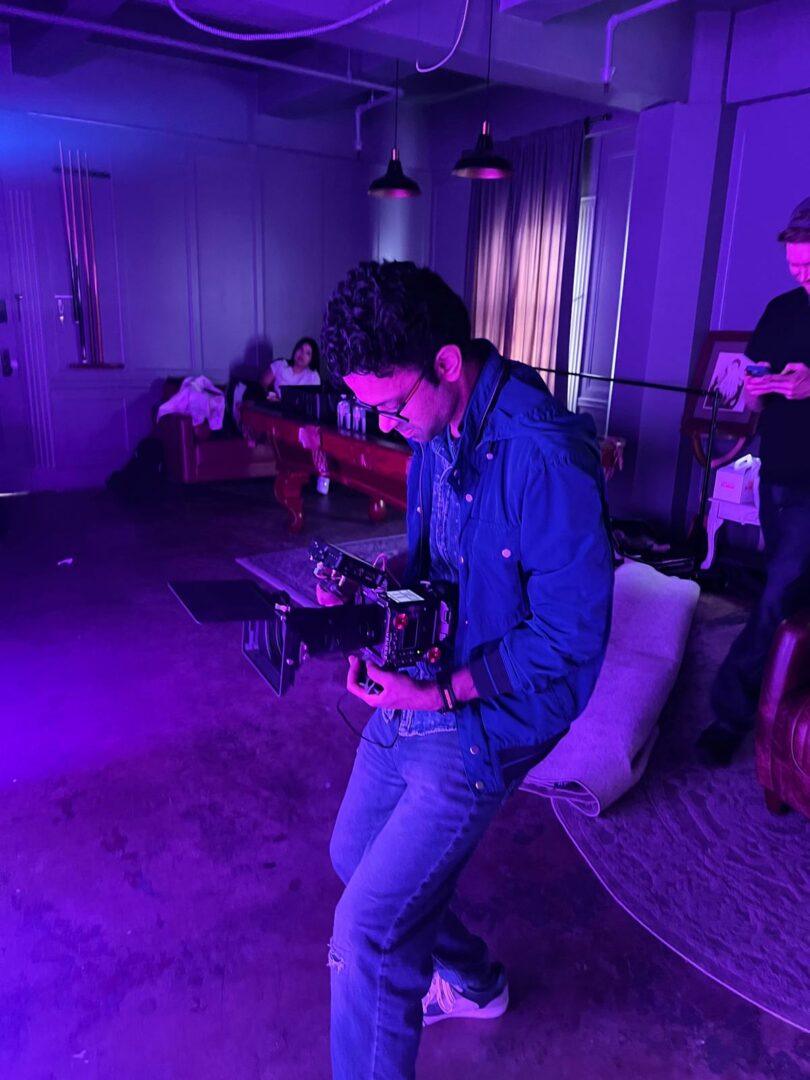
Thanks for sharing that. So, before we get any further into our conversation, can you tell our readers a bit about yourself and what you’re working on?
I’m a freelance cinematographer based in Los Angeles, and my professional focus is squarely on the art of visual storytelling. What I do is essentially bring stories to life through the lens, crafting the visual mood and aesthetic that supports a narrative. This involves everything from lighting and camera movement to framing and composition, all while working closely with directors to translate their vision into compelling images.
What’s Most Exciting and Special About My Art
For me, the most exciting and special aspect of my art lies in its transformative power and its ability to connect with an audience on a visceral level. It’s truly magical to take a script, a conversation, or even just an idea, and then, through the careful manipulation of light, shadow, and movement, create a visual experience that evokes emotion. My background as a VFX artist and studio owner actually makes this process even more exciting for me. I’m not just thinking about what the camera captures on set; I’m already envisioning how those practical elements will interlace with the digital world in post-production. This holistic perspective allows me to approach cinematography not just as capturing reality, but as building layers of reality to serve the story.
What’s particularly special to me is the collaborative nature of filmmaking. It’s a shared creative endeavor, and the synergy with directors, fellow crew members, and actors to bring a vision to life is incredibly rewarding. Every project is a new puzzle, a new challenge, and a new opportunity to learn and push creative boundaries.
What I Want Folks to Know About My Brand and Story
My brand is built on relentless passion, innovative problem-solving, and a deep respect for authentic storytelling. I want people to know that I come to every project not just as a technician who understands cameras and lights, but as an artist who has experienced the filmmaking process from multiple angles. My journey began in a small town in India, fueled by a childhood fascination with movies. I defied expectations to pursue VFX, built my own successful studio that even won a National Film Award for our work on the film Jal, and then pivoted to co-producing indie films like Nirmal Anand ki Puppy (now on Prime Video). This diverse background means I bring a unique blend of creative vision, technical insight, and entrepreneurial grit to every set.
I’m incredibly proud of the National Film Award, as it validated years of hard work and belief in an unconventional path. But beyond accolades, I’m most proud of the journey itself and the continuous pursuit of artistic growth.
What’s New and What’s Next
Professionally, my current focus is on deepening my expertise in cinematography and actively seeking out compelling narrative projects – both shorts and features – that allow for creative exploration. I recently completed my studies at UCLA, which has further refined my craft and expanded my network here in Los Angeles.
Looking ahead, the ultimate goal is to direct my own movies. My journey through VFX, entrepreneurship, and co-production has been a preparation for this next ambitious step. I’m actively developing ideas and collaborating with writers to bring my own stories to the screen. For any potential collaborators or followers, know that I am always looking for stories that resonate, where I can contribute my unique perspective and passion to create something truly impactful.
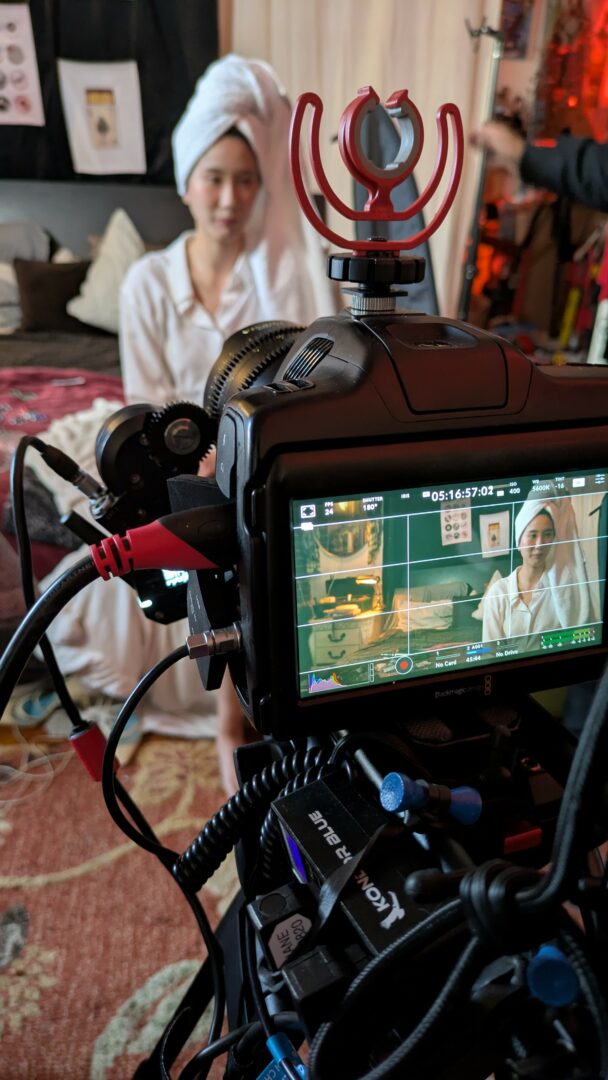
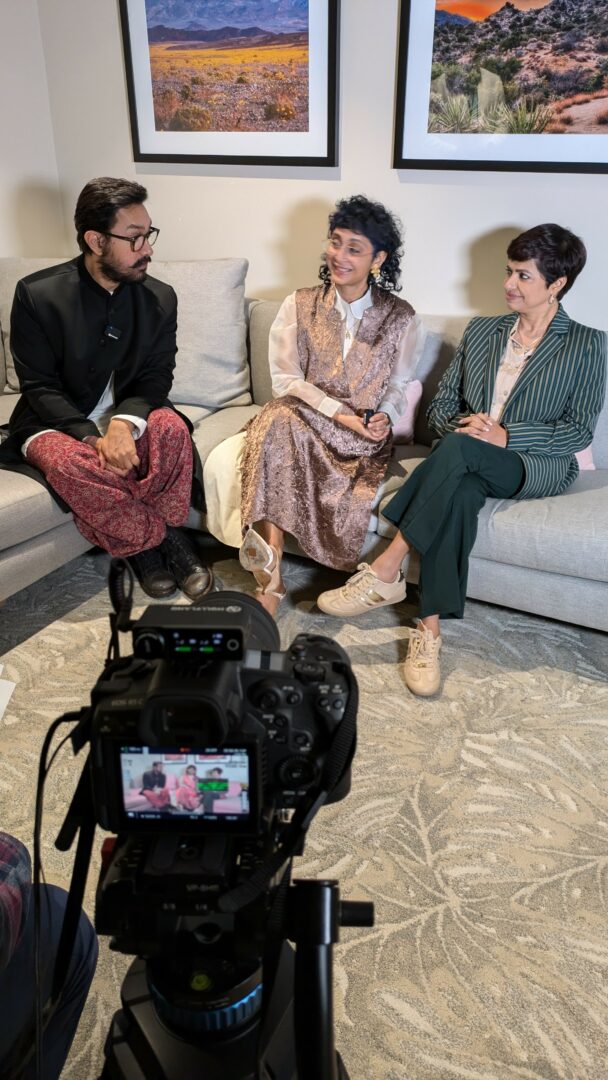
If you had to pick three qualities that are most important to develop, which three would you say matter most?
Looking back, the three most impactful qualities, skills, or areas of knowledge in my journey have undoubtedly been relentless perseverance, adaptability and problem-solving, and a holistic understanding of the craft. These weren’t innate for me, but rather developed through every challenge and opportunity.
Relentless Perseverance
This is the bedrock. My journey started in a small town where a film career was unheard of, facing family skepticism. Later, as an indie VFX artist and entrepreneur, I faced constant “closed doors”—struggling to secure projects, find talent, and navigate the business side. Perseverance was the only way through. It’s the stubborn refusal to give up, even when things are incredibly difficult and you feel like hitting a wall. It’s the drive that allowed my love for movies to win out over societal expectations.
For folks early in their journey, I advise them to truly understand why they want to pursue their path. Their passion is their fuel when the going gets tough, so they should revisit it often. It’s also vital to embrace small victories, celebrating every completed step as it builds momentum and reinforces self-belief. Surrounding oneself with a strong support system, like my mother’s quiet encouragement or the collaboration with friends in my early studio days, is critical. Finally, learn to reframe failure, seeing setbacks not as defeats, but as necessary detours or crucial lessons that force you to find another way, often a better one.
Adaptability and Problem-Solving
The creative industries, especially film, are constantly evolving. My journey has involved pivots from VFX artist to studio owner, then to producer, and now to cinematographer. Each role demanded rapid learning and creative solutions to unexpected problems. Whether it was a complex VFX shot needing an unconventional approach, or an indie film lacking distribution, the ability to analyze the situation, think on my feet, and find a viable path forward was essential. This isn’t just about technical solutions; it’s about navigating creative, logistical, and even financial hurdles.
My advice for developing this skill is to be a lifelong learner, never stopping to absorb new software, techniques, or storytelling approaches. Embrace constraints, as often the biggest creative breakthroughs happen when limitations force innovative thinking. Try to think holistically; my VFX background has been invaluable as a cinematographer because I understand the post-production pipeline. The more you grasp the entire ecosystem, the better you can anticipate and solve problems. And actively practice creative thinking, brainstorming multiple solutions to even seemingly small challenges to broaden your mindset.
Holistic Understanding of the Craft
This goes beyond just mastering one specific skill. For me, it meant understanding not just how to do VFX, but how a VFX studio operates as a business, how a film gets produced from concept to distribution, and now, how cinematography integrates with the director’s vision, sound, editing, and post-production. This comprehensive view, gained from wearing multiple hats, has been incredibly powerful. It allows me to anticipate challenges, speak the language of different departments, and ensure that my contribution serves the overall vision of the project most effectively.
To improve on this, seek cross-disciplinary exposure; if you’re a writer, learn about directing; if you’re an editor, understand cinematography. Network broadly with professionals in different roles within your industry, asking questions to understand their challenges and how their work impacts yours. Take initiative beyond your primary role, looking for opportunities to observe or help out in other areas on a project, as this will significantly build your holistic understanding. Lastly, when consuming any piece of art, don’t just enjoy it. Deconstruct it; think about how all the different elements worked together to create the final experience.
By consciously developing these three areas, anyone early in their journey can build a robust foundation for a thriving and resilient creative career.
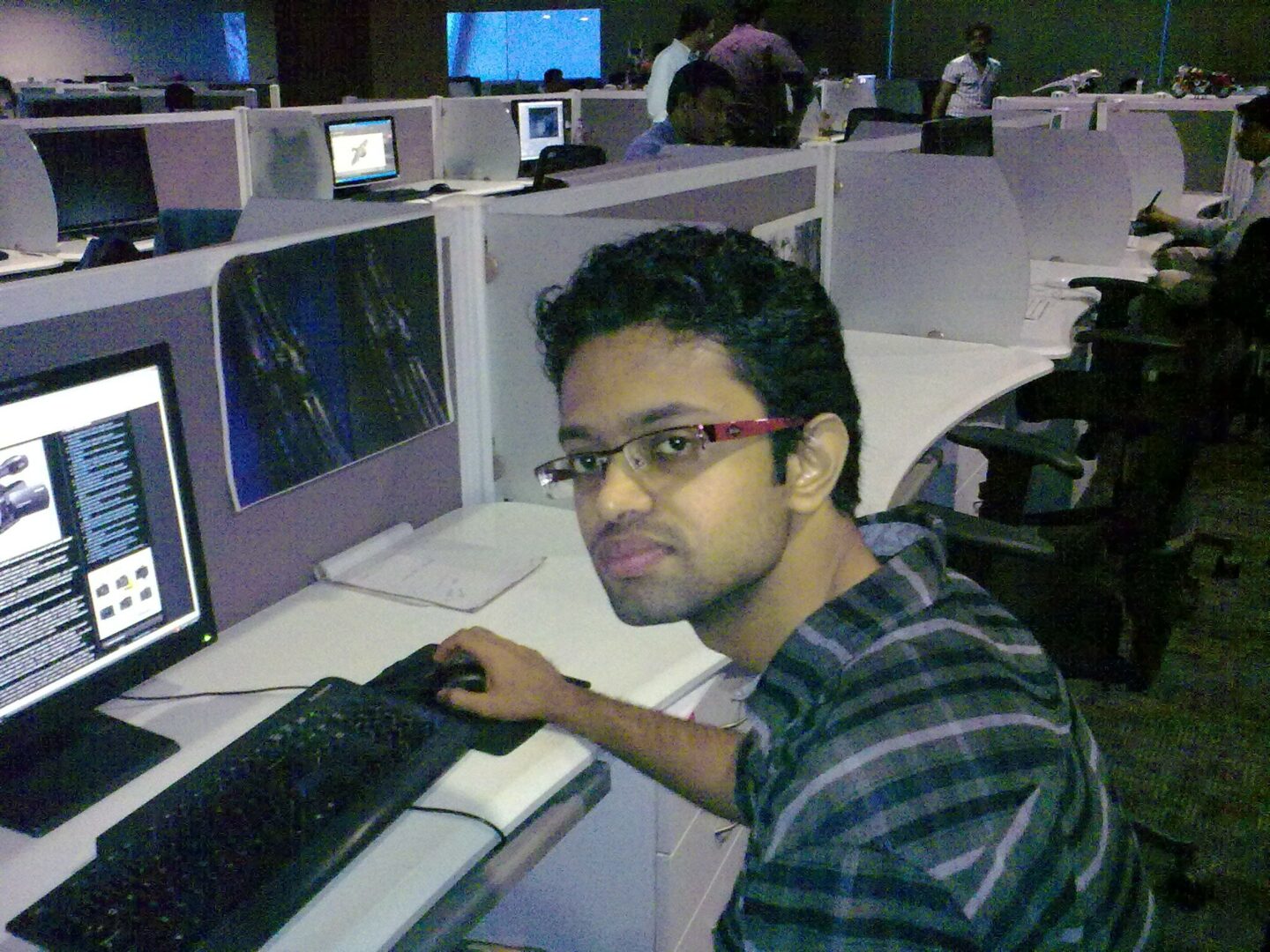
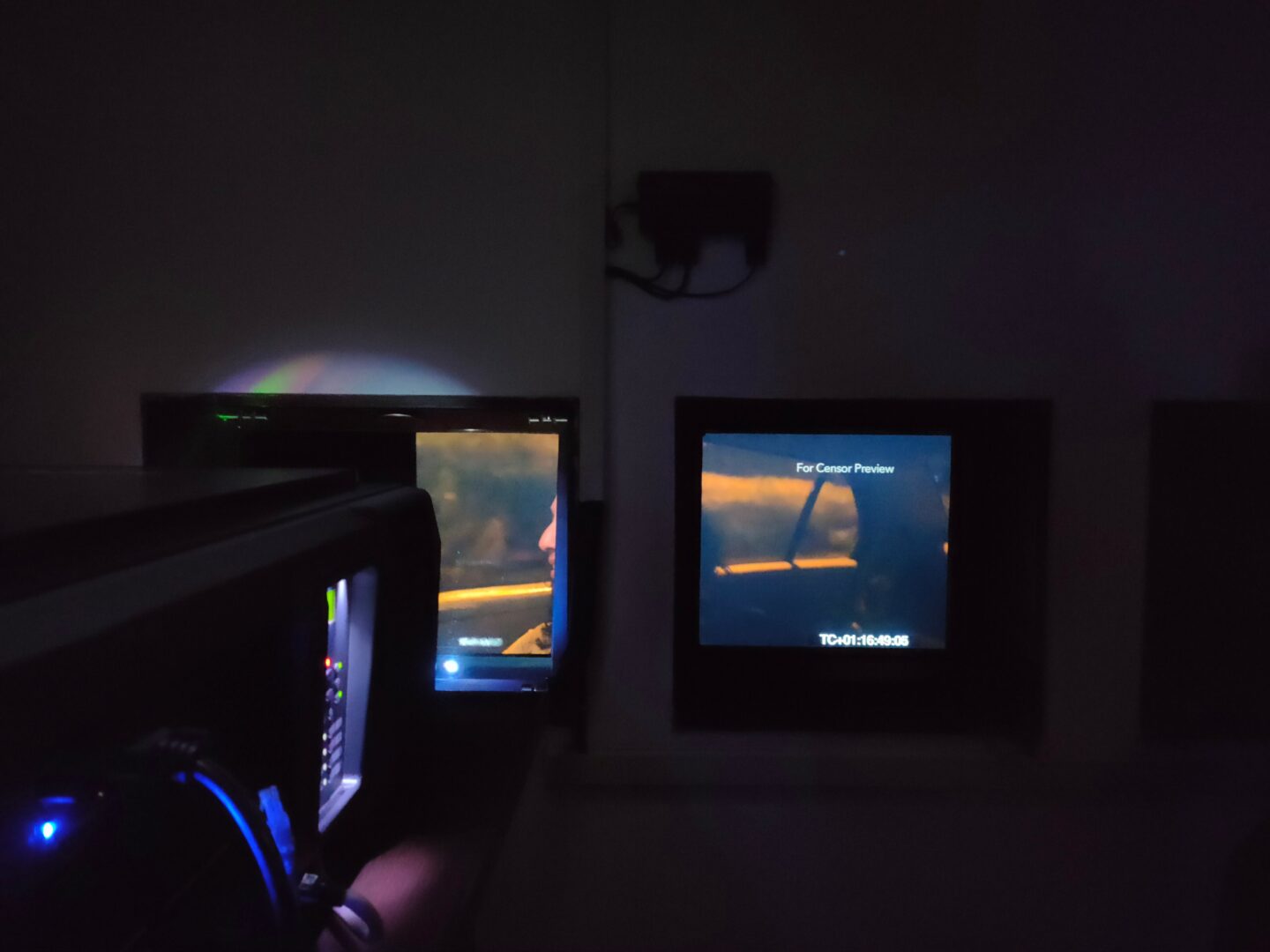
How would you spend the next decade if you somehow knew that it was your last?
If I knew I only had a decade left, my approach would be deeply intentional, focusing on creating meaningful work, cherishing relationships, and experiencing the world more fully. It wouldn’t be a frantic rush, but a deliberate cultivation of what truly matters.
Deepening My Craft and Storytelling
Professionally, my primary focus would be on directing my own feature films. This has been my ultimate goal, and with a decade on the clock, I’d dedicate myself to bringing my most impactful stories to life. My journey through VFX, entrepreneurship, and cinematography has prepared me for this. I’d seek out compelling narratives that resonate deeply, perhaps exploring themes of resilience, cultural connection, or the human spirit. The collaborative process of filmmaking, working closely with a dedicated team, would be incredibly fulfilling. It wouldn’t be about chasing blockbusters, but about crafting cinematic pieces that leave a lasting emotional footprint. I’d pour all my accumulated knowledge, my unique perspective from East to West, and my passion into these final creative endeavors.
Cherishing Connections
Beyond my professional aspirations, relationships would take center stage. I would prioritize spending quality, uninterrupted time with my family and closest friends. This means more than just casual interactions; it would involve deep conversations, shared meals, and creating new, cherished memories. I’d make sure to express my gratitude and love explicitly and often. The diverse community of friends and professors I’ve met, particularly here in LA, would also be a source of immense joy. I’d seek to deepen those connections, understanding their stories and sharing mine, embracing the rich tapestry of human experience.
Experiencing the World and Embracing the Present
I’d also dedicate significant time to experiencing the world and truly living in the moment. This doesn’t necessarily mean constant travel, but rather a profound appreciation for life’s simple pleasures and profound beauty. It would involve exploring places I’ve always dreamed of visiting, but also rediscovering the magic in everyday moments. I’d want to immerse myself in different cultures, learn new perspectives, and engage with the world with an open heart and mind. Perhaps I’d spend more time in nature, revisiting the quiet calm of the mountains or the vastness of the ocean, reflecting on the journey. The goal wouldn’t be to tick off a bucket list, but to savor each experience, to be fully present, and to find beauty and meaning in every passing day.
Ultimately, if I knew I had a decade left, I would strive to live with purpose, presence, and profound gratitude, ensuring that my final chapter is as rich, meaningful, and creatively fulfilled as possible.
Contact Info:
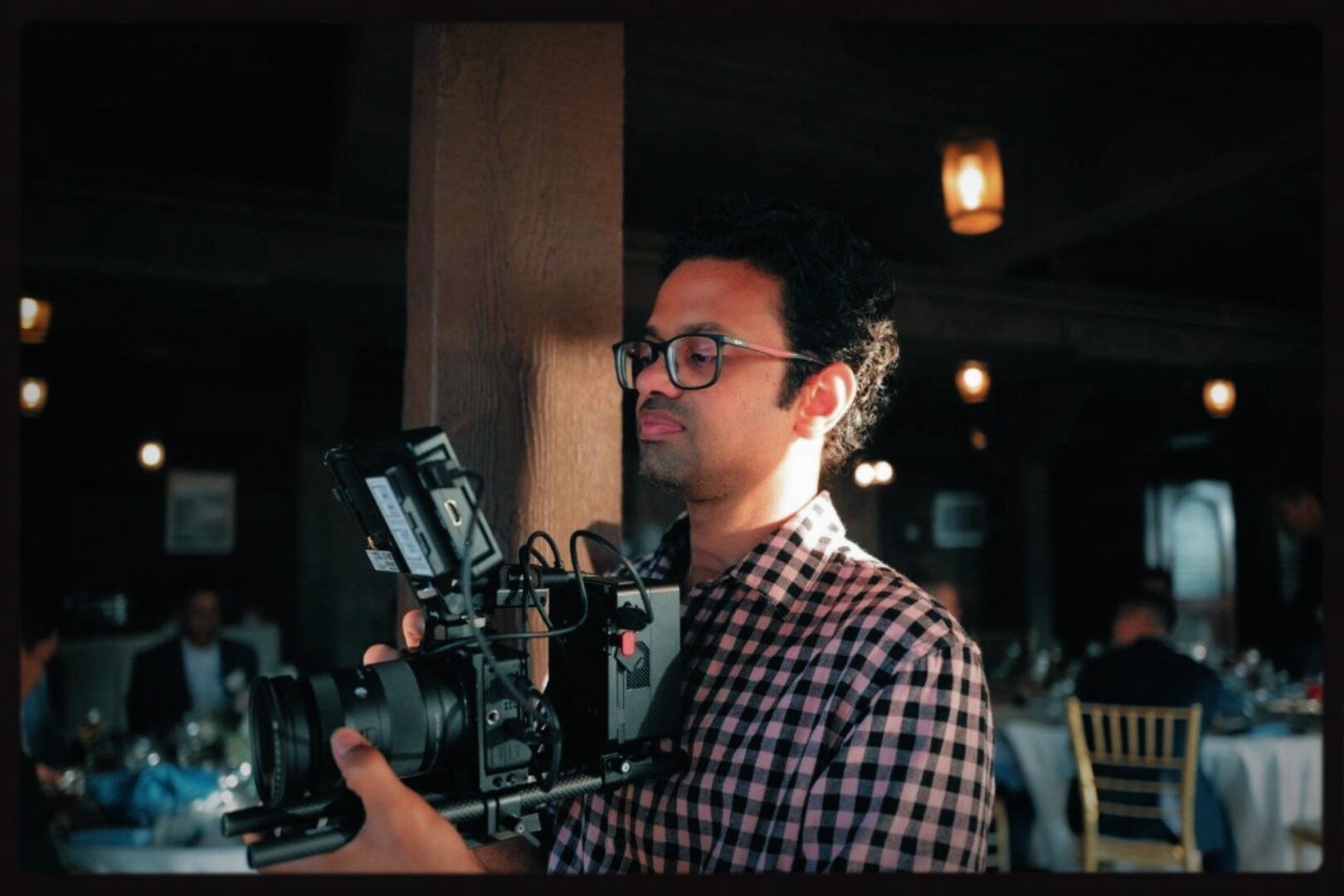
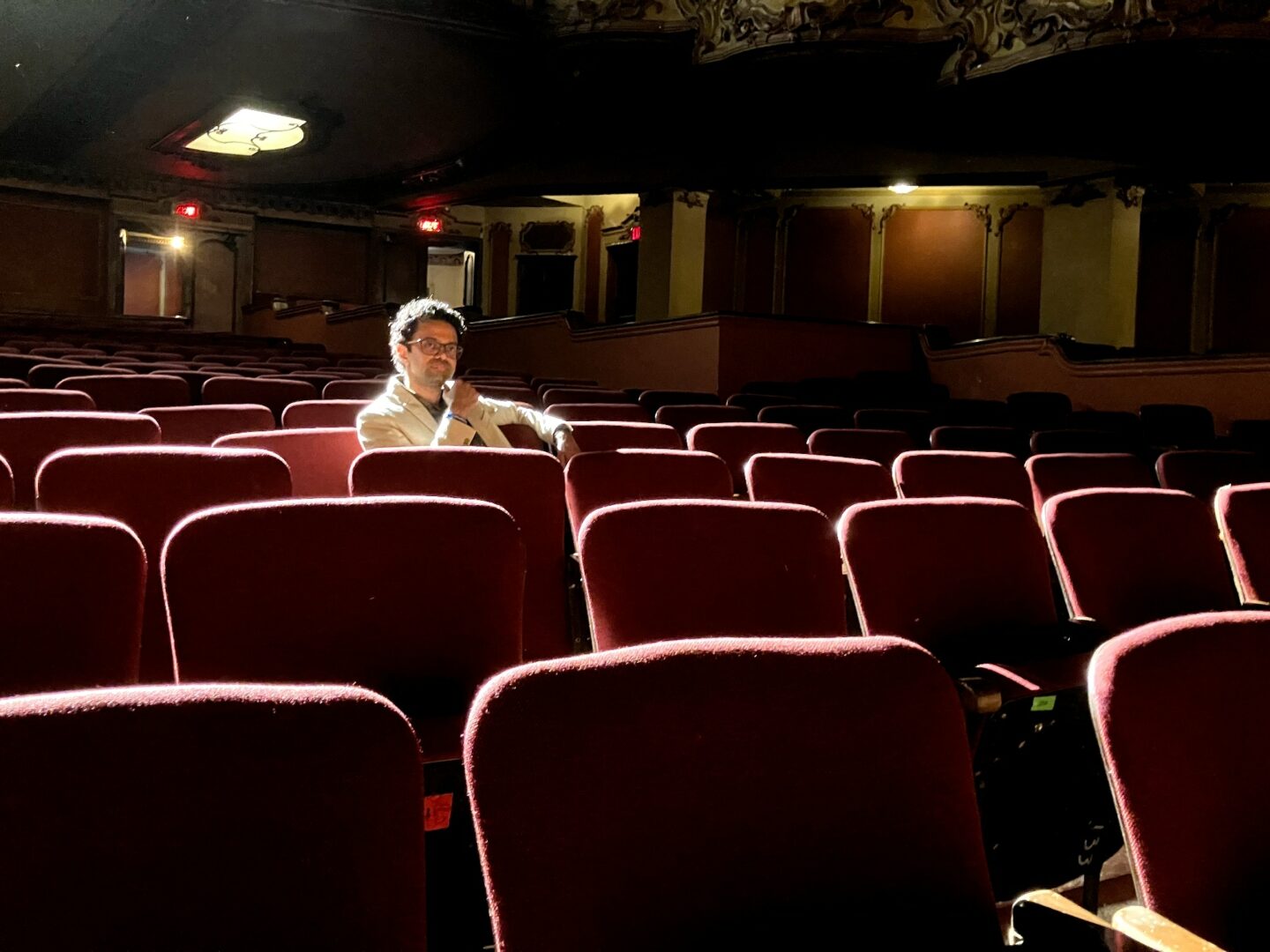
so if you or someone you know deserves recognition please let us know here.

